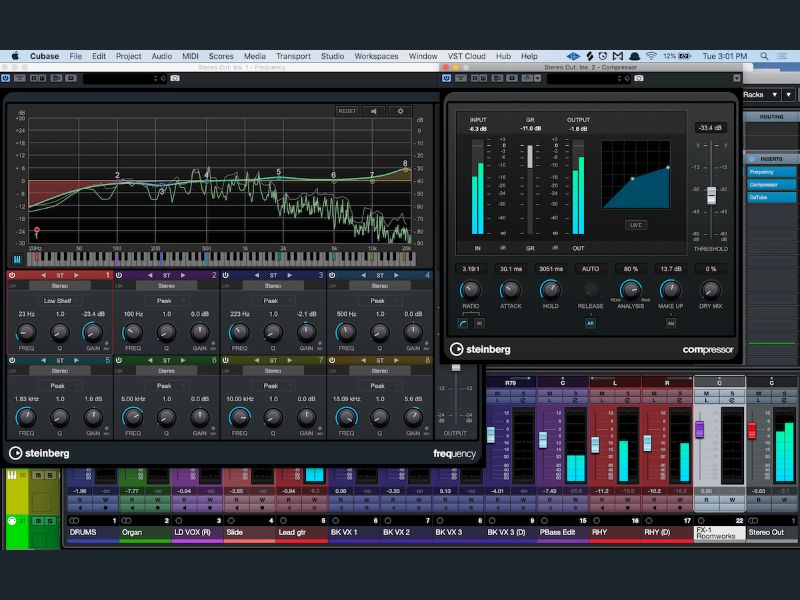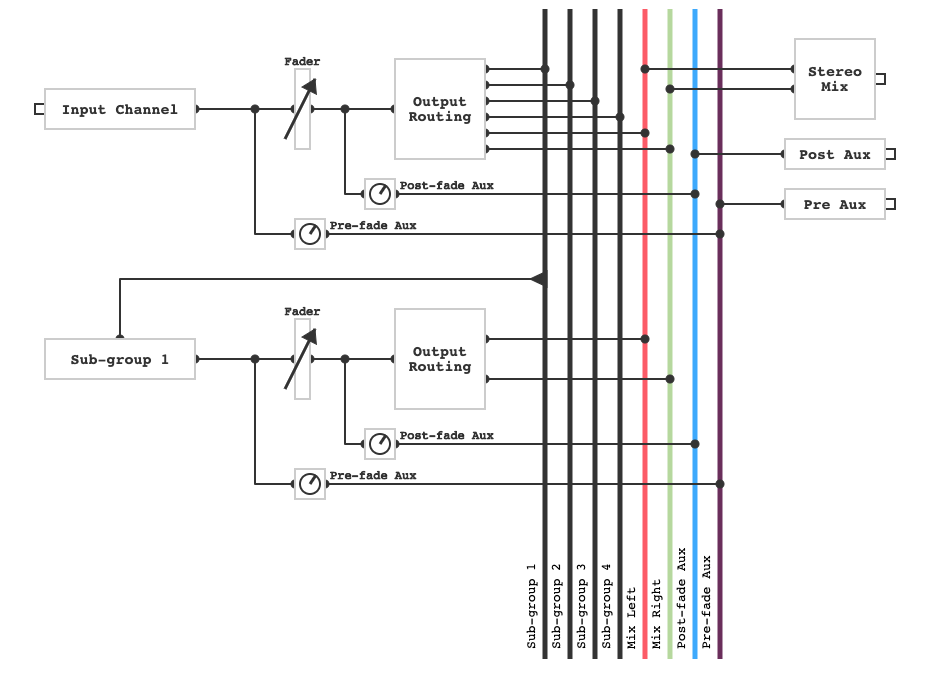
Recent credits include Wiz Khalifa, Armand Hammer and Donnie McClurkin. Paul is a Brooklyn based hip-hop and R&B producer, engineer and mixer. Next up we have Paul “Willie Green” Womack. I always felt skeptical, but damn if they doesn’t do some amazing things on the mix bus! Thanks Nadim! Paul “Willie Green” Womack I can’t help it, this one ends up on the mix bus frequently.”įor the record, I couldn’t agree more with Nadim’s statement in regards to Tape Plugins. The low end seems to become a little beefier while still being compact and the top end seems to be smoother. I must admit, I feel a little sheepish using it because it feels like I’m buying the snake oil, but damn it, somehow the mixes seem just a little fuller. More often than not, I’m pleased with what I hear and I stick with it. I’ll normally just adjust input/output levels and choose the 15ips setting but sometimes I’ll cycle through presets. The UAD Ampex ATR-102 is one of those intangibles for me. It definitely informs my mixing decisions. I should also add that my compressor is on the mix bus very early on in the mixing stage.

I find I get fuller-sounding mixes that way. On very dynamic material, I’ll often use the SSL G plugin or the UAD 1176 Rev E plugin on a parallel bus in a more aggressive fashion. To settle on the right compression ratio, attack and release settings, I’ll over-compress a mix so that the rhythm of the compression (again, what I call “movement”) is easily perceived and then I’ll back down on the threshold so that I’m typically compressing anywhere from 1-4 dB, with 4 dB being fairly aggressive for me. I can coax the right feel and movement regardless of the material. I love the UAD SSL G because it’s versatile. The compression should absolutely be musical and groove with the music. I like to visualize sounds pumping out of my speakers and how the sounds grow and shrink as a result of the compression and the attack/release settings being used. I find it helpful to think of compression in terms of movement and rhythm. On Dynamics: “For compression, I often use UAD’s SSL G bus compressor plugin. The de-esser is stellar as well when encountering some harshness.” The mono-maker knob, which makes everything below a designated frequency mono, can be nice for cleaning things up a bit and avoiding having bass-heaviness on either side. I’ll play around with adding and cutting bands and based on what the bx reveals I find myself going back to EQ individual tracks as a result. The ability to solo the mid, the sides, and whatever band your EQing is brilliant. I’ll often brighten up my sides more than my mid. However, the high shelf on the bx digital is not at all harsh to my ears and as a result I’m comfortable doing some brightening myself. I’ve always been conservative about brightening up my mixes, preferring to leave that up to the mastering engineer. I tend to be light-handed with my mix bus EQ-ing. It is an extremely handy and multifaceted tool that I’ll often use to stereo enhance the mix thanks to its mid-side processing. I find that a little tweaking goes a long way with this plugin. On the mix bus chain: “The Brainworx bx digital EQ is a fairly new one for me. Occasionally, I’ll crank the L2 just to hear what that would sound like, but I don’t ever mix into it like that.” In fact I normally just use a Waves L2 plugin as a safeguard to avoid clipping the bus here and there.


I stop short at heavily limiting the bus. As such, I might employ one or two layers of compression, EQ, stereo widening or narrowing, reverb, tape plugins, etc.


 0 kommentar(er)
0 kommentar(er)
